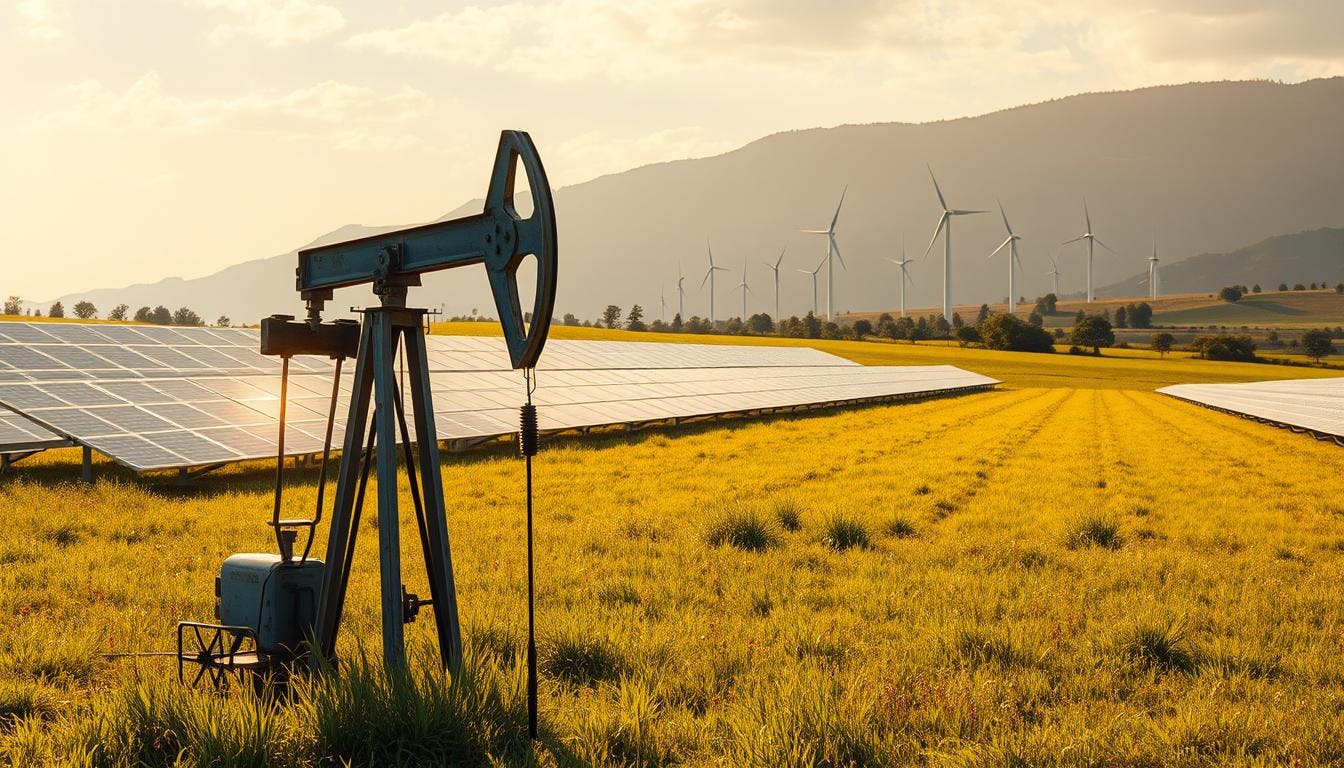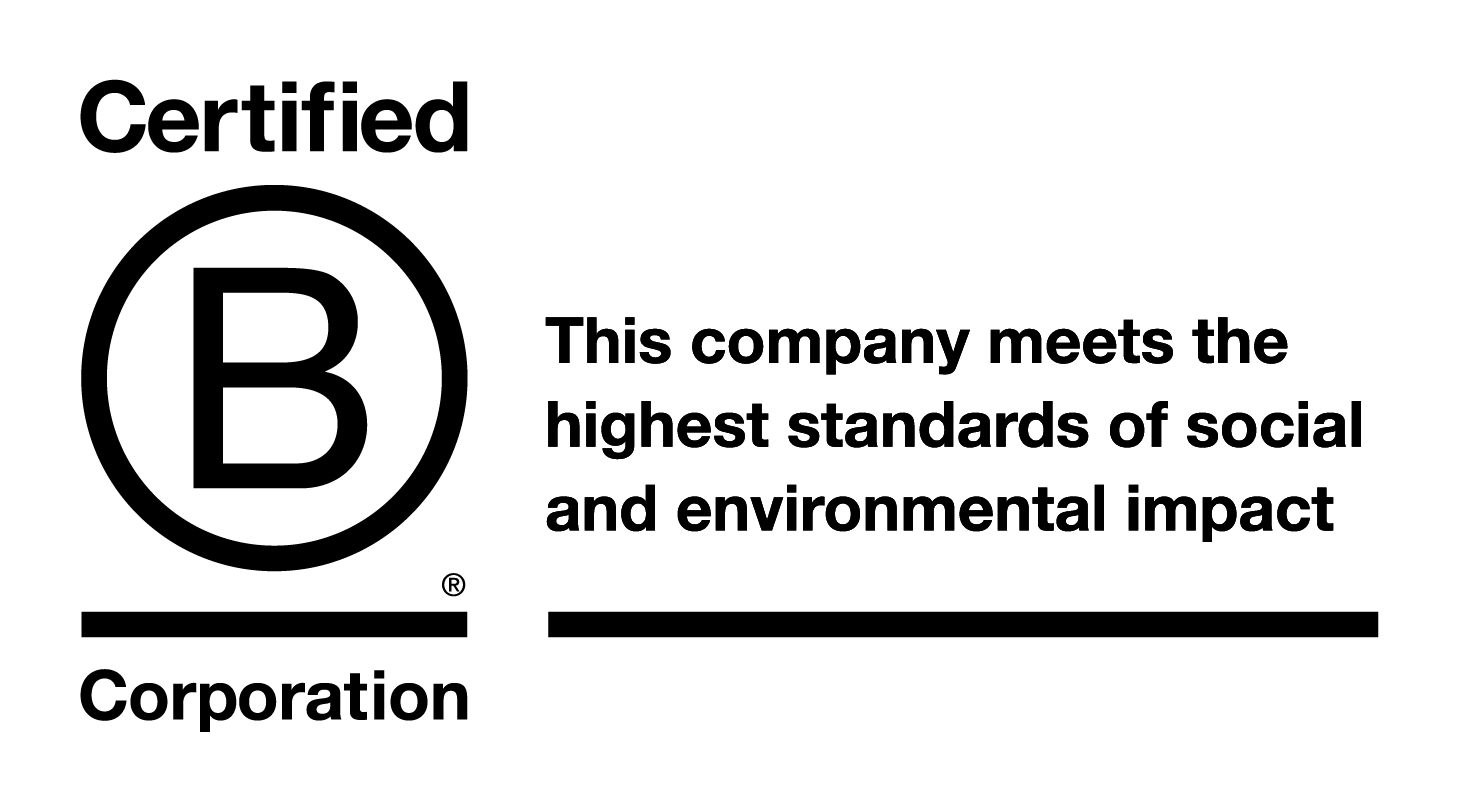Sign up. Be inspired. Get clicking.
COP30 goals: Objectives explained
In Belém, Brazil, a fisherman steers his boat along the Amazon River as dawn breaks. For generations, his family has relied on these waters. But lately, unpredictable rains and shrinking fish stocks hint at deeper shifts in the ecosystem. This story mirrors a global challenge—one that world leaders will address at a pivotal 2025 climate summit in his backyard.
The upcoming UN climate conference marks its 30th anniversary in November 2025. Hosted in the heart of the Amazon, the event underscores nature’s vital role in stabilizing Earth’s systems. Delegates from nearly 200 nations will gather to renew emission-reduction strategies under the Paris Agreement framework.
Brazil’s selection as host spotlights tropical forests as natural climate solutions. Scientists estimate the Amazon absorbs 25% of annual CO₂ emissions. Yet deforestation continues to threaten this balance. The summit’s location amplifies calls for sustainable land-use policies and sustainable investment in emerging economies.
This conference arrives as countries must update their national climate plans. Recent reports show current pledges fall short of limiting warming to 1.5°C. With temperatures already breaching this threshold for 12 straight months, the pressure for actionable outcomes has never been higher.
Key takeaways
- The 2025 climate summit in Brazil will focus on updating national emission plans through 2035.
- Hosting the event in the Amazon highlights nature-based solutions and forest conservation.
- Countries face urgent calls to align policies with the 1.5°C warming limit.
- Climate finance for developing nations remains a critical discussion topic.
- The conference builds on previous agreements to phase out fossil fuels faster.


Understanding COP30 and its global impact
Global climate negotiations have evolved significantly since the 1992 Earth Summit in Rio de Janeiro. The United Nations Framework Convention on Climate Change (UNFCCC) established a blueprint for international cooperation, creating binding agreements and standardized reporting systems. This structure allows countries to balance economic growth with environmental protection while addressing climate threats.
The role of the UNFCCC in shaping global policy
The UNFCCC framework drives multilateral climate action through three core objectives. It seeks to stabilize greenhouse gas levels, promote sustainable development, and protect vulnerable ecosystems. These principles guide nations in creating climate policies that align with shared environmental goals.
Accountability mechanisms ensure countries meet emission reduction targets. Standardized reporting protocols track progress transparently, while climate finance systems support developing nations. This approach fosters trust among diverse economies.
Impact on international climate action
Recent UNFCCC-led initiatives demonstrate how climate policy influences global markets and security strategies. Renewable energy investments now outpace fossil fuel projects in 90% of G20 nations. Trade agreements increasingly prioritize low-carbon supply chains.
Small island states and forest-rich countries now contribute equally to climate dialogues. This inclusivity strengthens consensus for nature-based solutions like Amazon conservation. As climate action accelerates, it reshapes migration patterns and energy security frameworks worldwide.
Historical context: Lessons from previous COP discussions
Decades of international climate talks reveal patterns of progress and persistent challenges. Recent conferences show how financial disputes and shifting priorities shape global responses to environmental threats. These gatherings test nations' ability to balance immediate needs with long-term planetary stability.
Highlights from COP29 in Baku
TThe 2024 Baku summit concluded with a pledge of $300 billion in annual climate finance for the year 2035. While tripling previous commitments, this falls short of the $1.3 trillion that experts say developing countries require. "This funding gap could delay renewable energy projects in vulnerable regions," noted a European Union delegate during final negotiations.
COP29’s breakthrough came through updated carbon market rules. New transparency measures aim to boost private investment in clean energy. These changes build on the Paris Agreement’s framework, which initially established global temperature limits in 2015.
Evolution of international climate commitments
CClimate diplomacy has shifted dramatically since the adoption of the 1997 Kyoto Protocol. Early agreements focused on emissions cuts in wealthy nations. The Paris Agreement expanded participation, recognizing all countries contribute to—and suffer from—climate impacts.
Developing countries now push for faster transitions to renewable energy alongside financial support. However, debates continue about fair responsibility sharing. As one African climate envoy stated, "We can’t solve this crisis without addressing historical emissions and current capabilities."
These tensions underscore why COP30’s Amazon-hosted talks will need bold compromises. Past agreements on technology sharing and damage compensation set foundations, but accelerating climate change demands stronger action.


In-depth look at COP30 goals and objectives
Global emissions must drop 43% by 2030 to avoid catastrophic warming, according to recent climate science. This urgent target forms the backbone of international efforts as nations prepare updated climate plans. Over 170 countries will submit revised commitments this year, setting the stage for decisive negotiations.
Key climate commitments and targets
The 2025 summit aims to triple clean power capacity while cutting methane emissions 30% by 2030. Governments face pressure to replace coal plants with solar farms and wind parks. Financial reforms targeting $500 billion in annual fossil fuel subsidies could fund this shift.
Strategies for energy system transformation
Developing nations seek technology-sharing agreements to bypass traditional power grids. Advanced economies must demonstrate scalable models for phasing out oil and gas infrastructure. "Energy security requires diversified renewable networks, not single-source dependencies," notes a recent UN energy report.
New accountability frameworks will track progress on emission cuts every two years. These systems aim to prevent backsliding as countries balance economic growth with decarbonization timelines. Success hinges on aligning industrial policies with net-zero roadmaps across all sectors.

Strategic policy and investment initiatives
Global financial systems face a pivotal shift as nations prepare investment strategies to combat climate threats. Over 90% of required emissions cuts depend on redirecting capital flows toward clean energy and sustainable infrastructure. This transformation demands unprecedented collaboration between governments and financial institutions.
Mobilizing climate finance and carbon markets
Meeting global climate goals requires $1.3 trillion annually for developing economies by 2035. Private investors need clear signals to fund renewable projects and carbon removal technologies. "Blended finance models can unlock four dollars of private money for every public dollar," states a UN climate official.
Carbon markets under Article 6 will expand with new transparency rules. These systems let countries trade emission reductions while funding sustainable initiatives. Emerging markets could generate $120 billion yearly through verified carbon credits by 2030.
Implementing robust nationally determined contributions (NDCs)
Updated national climate plans must detail sector-specific decarbonization roadmaps. Countries are integrating investment blueprints into policies for energy, transport, and agriculture. Clear timelines help businesses align operations with net-zero targets.
Multilateral development banks are reforming lending practices to de-risk projects. This shift enables solar farms in Nigeria and wind parks in Vietnam to attract international capital. Combined with carbon pricing mechanisms, these strategies create predictable environments for sustainable innovation.
Innovative approaches to global climate action
Combining human ingenuity with Earth's natural systems creates powerful tools against environmental threats. Emerging strategies blend advanced technologies with ecological restoration to address interconnected climate and biodiversity challenges.
Bridging innovation and ecology
Artificial intelligence now tracks deforestation in real-time across 15 million square kilometers of rainforest. Blockchain systems verify carbon credits with 98% accuracy, preventing double-counting. These tools support nature-based climate solutions like reforestation projects that sequester carbon while protecting endangered species.
Tropical nations are adopting bioeconomy models that value forests as living assets. Brazil's Amazon bioindustrial zones demonstrate how sustainable rubber production can outcompete cattle ranching. Similar initiatives in Indonesia and Congo Basin countries show 40% higher job creation than extractive industries.
- AI-powered sensors monitor soil health across 500,000 farms in climate-vulnerable regions
- Solar microgrids paired with agroforestry boost energy access and crop yields
- 3D-printed coral reefs restore marine ecosystems while capturing ocean carbon
Developing countries now receive climate-smart agriculture kits through UN technology transfers. These packages combine drought-resistant seeds with solar irrigation systems, helping farmers adapt to changing weather patterns. Such integrated approaches address multiple Sustainable Development Goals simultaneously.

In Conclusion
The path to a sustainable future demands immediate, coordinated action. With the Amazon-hosted climate summit approaching, nations face a critical opportunity to transform pledges into progress. Updated national plans must reflect the urgency of cutting emissions while protecting vital ecosystems.
Phasing out fossil fuels requires equitable strategies that prioritize renewable energy investments. Climate finance for developing countries remains essential to build resilient infrastructure and support sustainable transitions. The Paris Agreement’s framework offers a roadmap, but success hinges on translating words into measurable results.
Global cooperation can turn climate policy into tangible environmental benefits. By aligning economic growth with nature-based solutions, countries must bridge divides between ambition and implementation. The world’s shared responsibility—and collective survival—depends on decisions made today.
17 South Street
Auckland 1010
New Zealand
info@carbonclick.com- -
- X
Subscribe now to stay up to date with CarbonClick, carbon offsetting and climate action.
By signing up you agree to our Privacy Policy.


